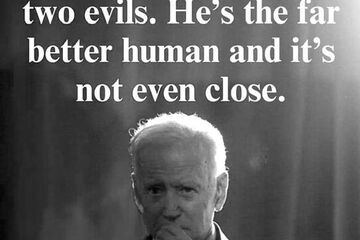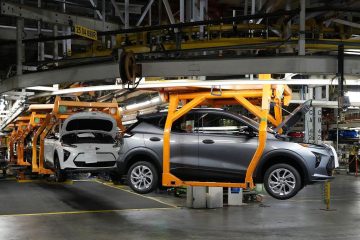Climate Change
Thank you, Joe
Here is a statement from Brett Walter, Founder & CEO, Climate Action Now: Although it sometimes doesn’t feel that way, the last four years have seen unprecedented progress on climate. Millions of people worldwide worked tirelessly to achieve these gains, Read more…









